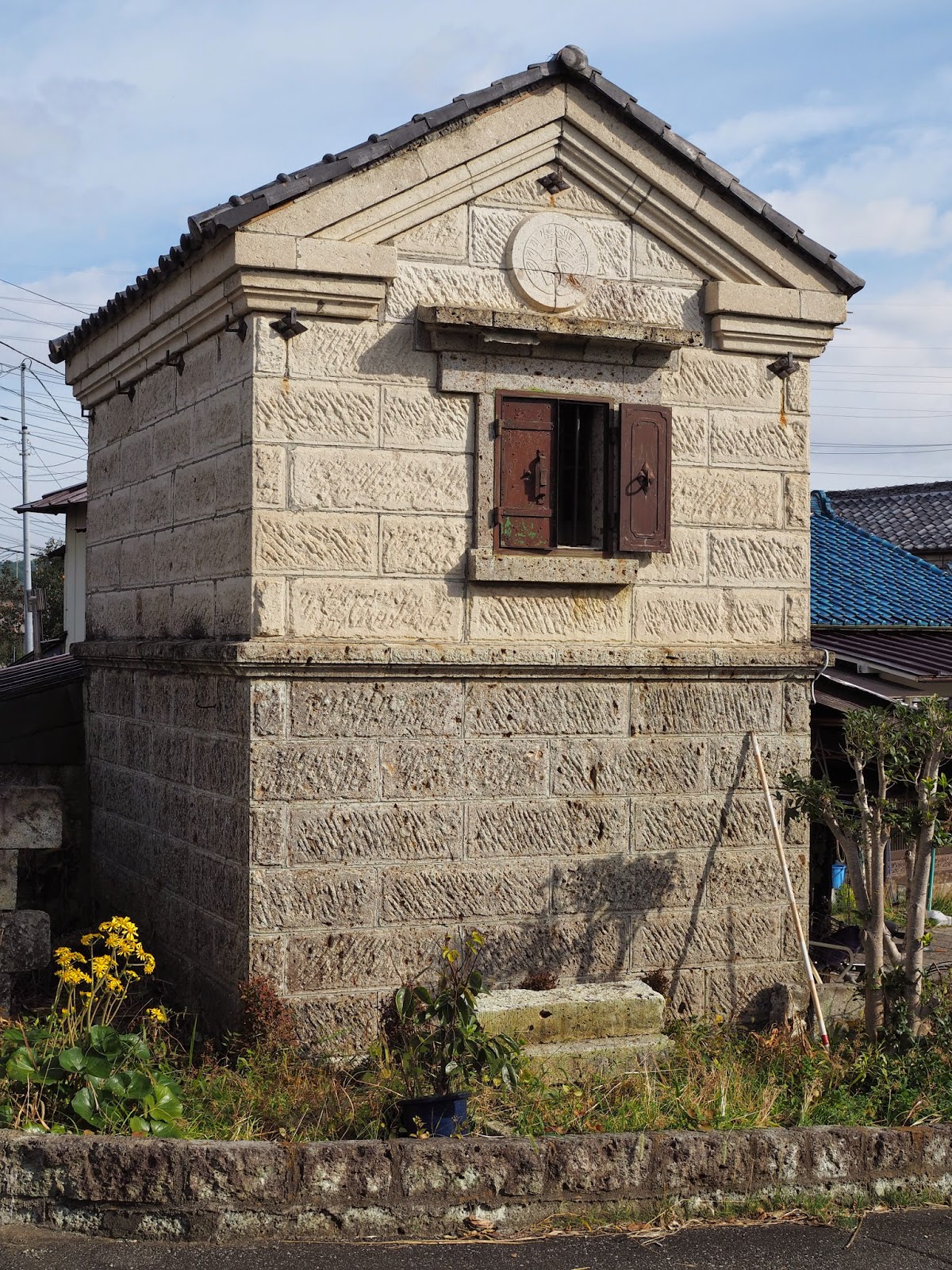Weather: Cool and cloudy with drizzle
After a well-earned sleep-in, I got up at 7 am and checked my toe. It was fine. I showered, shaved and dressed and headed down to the restaurant for breakfast. Now I've had some wonderful buffet breakfasts over the years. The breakfast at the Amari Koh Samui hotel was so beautiful I videoed it and set it to a Mozart violin concerto. The Amari Phuket breakfast was probably even more lavish. They even had porridge! While nowhere near as impressive as the breakfast buffets at these Thai hotels, the spread at my hotel in Kinugawa Onsen was definitely a step up from what I had experienced at the other hotels I stayed at along the Nikko Kaido. The waitpersons were also a lot nicer. After being shown to my table, I went and toasted some wholegrain bread (sans pink swirls) on top of which I piled a couple of spoonfuls of scrambled eggs. I then filled a bowl with cereal, fruit, fruit juice, yoghurt and milk. When I finished eating this, I got a couple of pastries to have with my second cup of coffee. There were others things available, including waffles, but seeing as I was staying here three nights I decided to leave those for another day. On my way out, I asked at reception if I could change rooms. Though I had asked for a non-smoking room, the one they had put me in smelled of cigarette smoke.
I left the hotel at around 8:30 wearing my rain gear and with my bum bag around my waist but without my pack. I caught the 8:50 train back to Shimo-Imaichi and rejoined the Nikko Kaido where I had left it the previous day. There was another long avenue of cryptomerias, followed by a short stretch of narrow road clogged with cars and trucks. Unusually, there was no footpath here, making it quite unpleasant to walk along. As I approached Nikko, a man coming in the other direction stopped and asked me if I was lost. Nikko is a popular tourist destination visited by lots of foreigners, but I guess not many of them venture out this way. We chatted for a bit, and he told me he was a kind of self-appointed volunteer guide who liked helping foreign tourists find their way around. Before we parted, he gave me a detailed map of Nikko, which was helpful since my walking map only showed the parts of Nikko adjacent to the Nikko Kaido.
I arrived in central Nikko at around 11 am and had lunch at a restaurant near Tobu Nikko Station. After lunch I walked the final few kilometres of the Nikko Kaido to its end point by the Shinkyo Bridge. This final stretch was uphill, but it wasn't too steep. I took a bunch of photos of the bridge before climbing the hill on the other side of the bridge to the Toshogu Shrine. By this time the drizzle had stopped, but there was low cloud all around me, producing quite a mystical atmosphere. The autumn colours were also nice, though I had read reports that they were even nicer around Senjogahara, where I was planning to head the following day.
Toshogu shrine is the final resting place of Ieyasu Tokugawa, the founder of the Tokugawa shogunate. Like military strongmen and dictators the world over, Ieyasu was cruel and ruthless. But the Edo period (1603-1868), which he founded and which his clan ruled over for two and half centuries, is one of my favourite periods in Japanese history. It was during the Edo period that many aspects of Japanese popular culture that I admire, including woodblock prints, or ukiyoe, flourished. And it was Ieyasu who ordered the construction of the Nikko Kaido and the other routes that make up the Gokaido. In short, if it had not been for Tokugawa Ieyasu, I probably wouldn't have become interested in Japan, nor would I have thought of walking the Gokaido, which wouldn't have existed anyway! These were some of the thoughts that went through my mind as I wandered around the Toshogu with the hundreds of other tourists, both Japanese and foreign.
The End









































